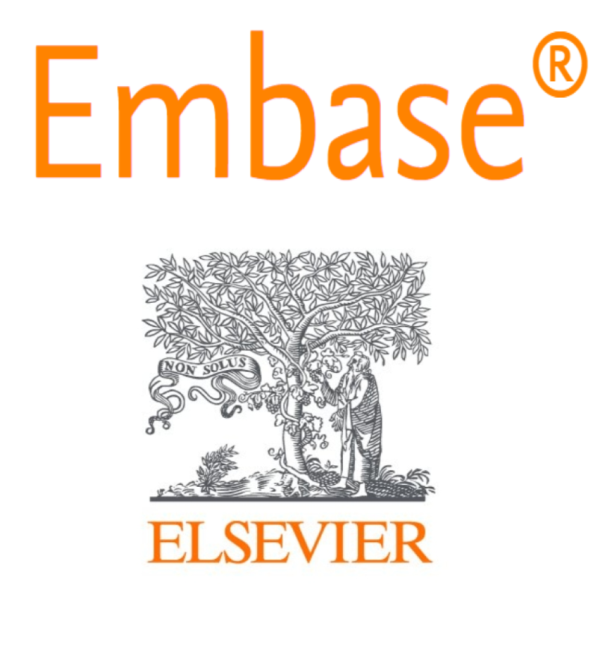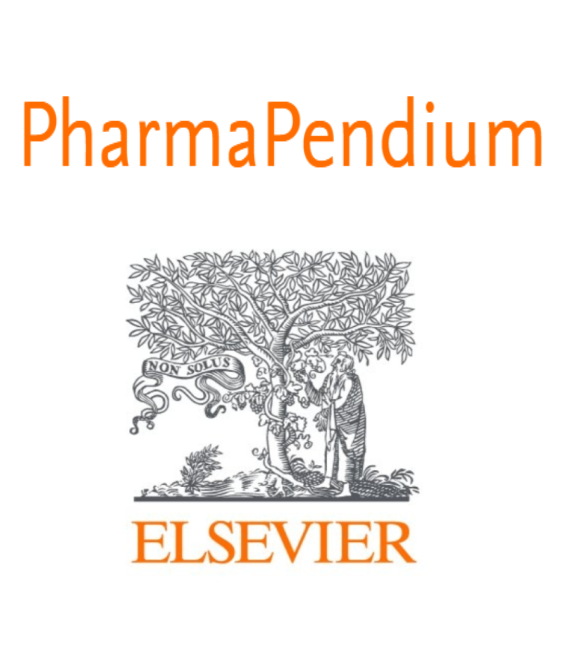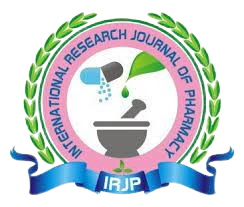RELATIONSHIP BETWEEN ASTHMA SYMPTOMS CONTROL, WAIST CIRCUMFERENCE AND BODY MASS INDEX IN INDIAN POPULATION
Keywords:
Waist circumference,, , body mass index,, and abdominal obesityAbstract
Background: There is little information in the literature about the relationship between abdominal obesity and asthma
symptoms.
Aim: To evaluate the relationship between asthma symptom management and waist circumference and BMI in Indian
patients attending medical facilities.
Methods: Based on WHO and Indian guidelines, the study measured the waist circumference of 220 patients with
asthma to determine how well their symptoms were controlled and how severe they were.
Results: According to Indian criteria, the percentage of normal, overweight, and obese participants with poorly
managed asthma was 2.24 percent (n=4), 15.73 percent (n=28), and 82.0 percent (n=146), respectively. In
comparison, 14.28% (n=6), 23.80% (n=10), and 61.9 percent (n=26) of the participants had asthma that was under
control (p=0.04). Asthma was not well managed in 43.63% (n=96) and 1.81% (n=4) of the research participants who
had abdominal obesity, respectively. Poor and well-controlled asthma symptoms were present in 19.09% (n=42) and
0.90% (n=2) study subjects for moderately severe spirometry, 1.81% (n=4) and 0.90% (n=2) study subjects for severe
spirometry, and 19.09% (n=42) and 1.81% (n=4) study subjects for very severe spirometry, respectively, for poor and
well-controlled asthma symptoms.
Conclusion: The waist parameter is a crucial and straightforward measure to assess in obese asthmatic people.
However, compared to WHO standards, Indian criteria for BMI and waist circumference are shown to be superior for
assessing asthma symptoms in Indians.








